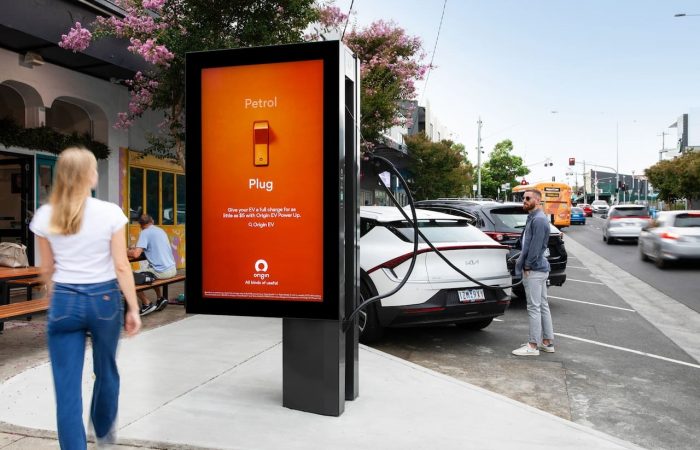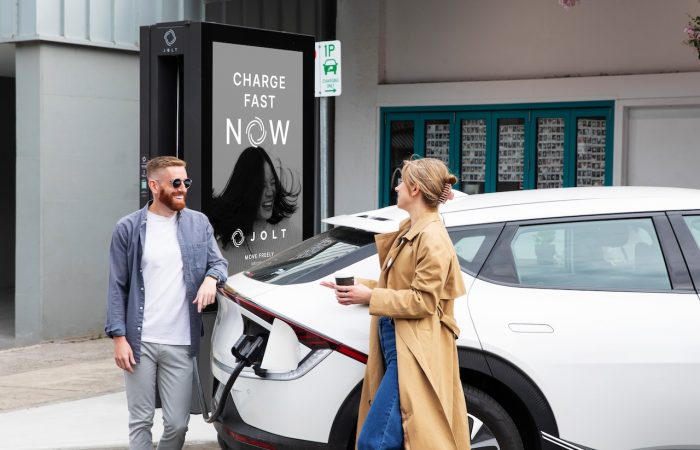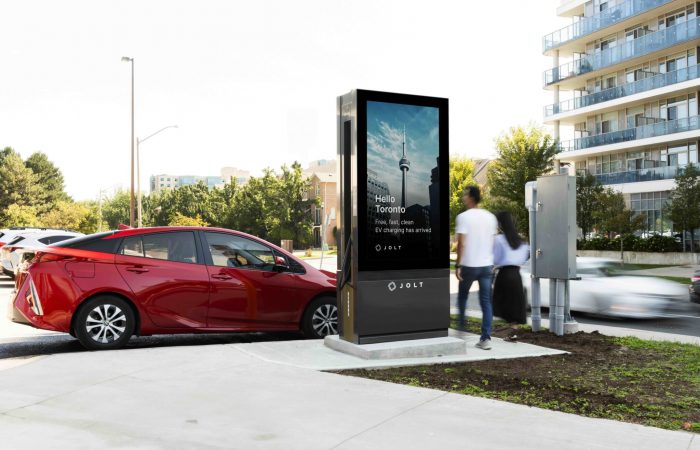A Beginner’s Guide for future Electric Car owners, written by Danny Thai from Zecar.
This is a preview of Zecar’s comprehensive guides on EV ownership Check out the complete guide here.
So you’re thinking about your next car and wondering whether buying an electric car (also known as ‘EV’) makes sense? You’re not alone. According to the latest survey conducted by the Electric Vehicle Council, 54% of people would consider buying an EV for their next car. We believe EVs are the future and will eventually make sense for everyone.
We also know they can be confusing so we’ve put together this beginner’s guide on EVs. We’ll bust some myths, look at some examples and outline the key things you need to know before going electric. Feel free to check out our Electric Car Dictionary to familiarise yourself with all the key terms in the EV 🌏.
- Why buy an EV?
- How are EV’s different?
- The true cost of EV ownership
- Servicing and Maintenance
Why buy an EV?
We’ve talked to hundreds of owners and reviewed dozens of surveys and reports; the key recurring reasons for buying (and not buying) are almost always the same. So we’ve summarised them below for you:
How are EV’s different?
From the outside, electric and petrol/diesel (also known as ‘ICE’) cars look more or less the same, under the bonnet however is where they are different. How so? In an EV, energy comes from the batteries and is sent to an electric motor/s. In an ICE car, energy comes from petrol in the fuel tank and is sent to an engine. Hybrids and plug-in hybrids combine elements of both but for the purposes of this guide, we’ll just focus on fully-electric and petrol cars.
The true cost of EV ownership
The biggest hurdle when it comes to the adoption of EVs is the higher upfront cost compared to their ICE equivalents. Why are they more expensive? Because batteries, which comprise up to a third of the cost of an EV, are still expensive. The good news is that battery prices are decreasing rapidly and the upfront cost of an EV and an ICE is expected to be roughly the same by 2025.
Today, however, electric vehicles cost more. Depending on the vehicle, they upfront nearly 40% more than an ‘equivalent’ ICE vehicle.
The upfront cost, however, is only a part of the total cost equation. Over the life of a car, the upfront cost comprises 45% of the total cost of ownership (TCO). To know the true cost of car ownership you need to consider the ongoing running costs (fuel, service, maintenance) as well.
The cost to run an electric vs petrol are on average much lower (refer chart 1.4 below). Increasingly, we are finding the overall ownership costs (TCO) of EVs is lower than ICE cars. Firstly, this means that over the life of the vehicle, an EV will cost less to own. Secondly, the additional upfront cost for the EV will be ‘repaid’ from the savings from lower running costs. Yes, despite their higher upfront cost, EVs can be cheaper to own and operate than their ICE equivalents in the majority of cases.
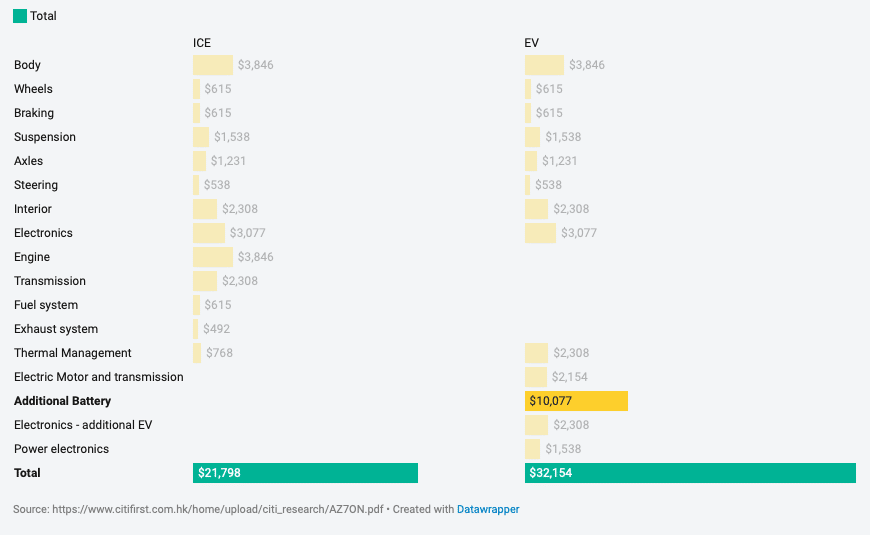
Today, however, electric vehicles cost more. Depending on the vehicle, they upfront nearly 40% more than an ‘equivalent’ ICE vehicle.
The upfront cost, however, is only a part of the total cost equation. Over the life of a car, the upfront cost comprises 45% of the total cost of ownership (TCO). To know the true cost of car ownership you need to consider the ongoing running costs (fuel, service, maintenance) as well.
The cost to run an electric vs petrol are on average much lower (refer chart 1.4 below). Increasingly, we are finding the overall ownership costs (TCO) of EVs is lower than ICE cars. Firstly, this means that over the life of the vehicle, an EV will cost less to own. Secondly, the additional upfront cost for the EV will be ‘repaid’ from the savings from lower running costs. Yes, despite their higher upfront cost, EVs can be cheaper to own and operate than their ICE equivalents in the majority of cases.
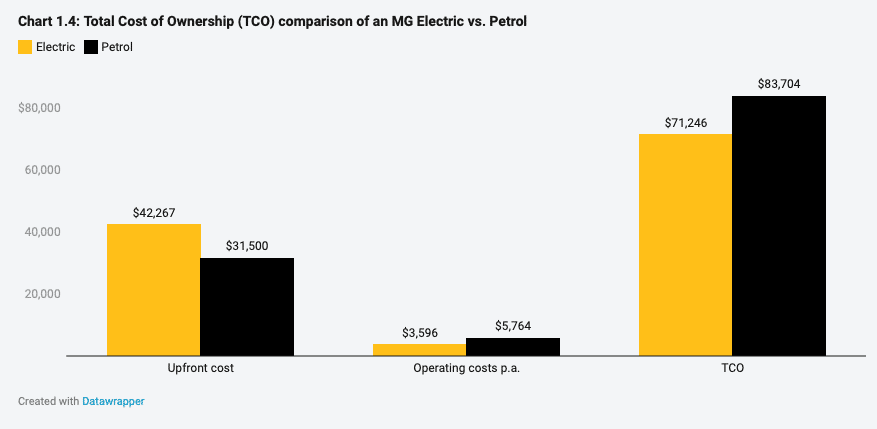
The two key factors driving an EV’s lower operating costs are lower fuel and maintenance (this is discussed in more detail in the next section).
For the same distance driven, EVs are cheaper to charge than ICE cars are to fill up. For example, at today’s prices (petrol $2/litre and electricity $0.25-$0.40/kWh), it costs c. 80% less to cover the same distance by an EV.
Due to their mechanical simplicity, EVs have lower ongoing maintenance and service requirements and costs (discussed below).
Servicing and Maintenance
EVs are by design much simpler machines. They comprise fewer moving parts (200 vs. 2000) compared to an ICE car. This means less wear and tear and consequently less servicing and maintenance needs.
Servicing and maintenance costs are lower as you’ll forgo the need to spend on common ICE consumables (spark plugs, valves, fuel tank, exhaust systems, clutches, drive belts, hoses, etc).
Servicing intervals for EVs are generally longer (although this depends on the manufacturer). Brakes may last longer due to regenerative braking. For example, the electric MG has 24-month servicing intervals, whereas the petrol equivalent is 12-months. The Tesla Model 3 does not have fixed service intervals at all.
Over the lifetime of an EV you can expect service and maintenance costs to be in the range of 10% to 30% lower based on the 2021 edition of RACV’s annual car running cost report.
Check out the complete guide and many more at zecar.com

